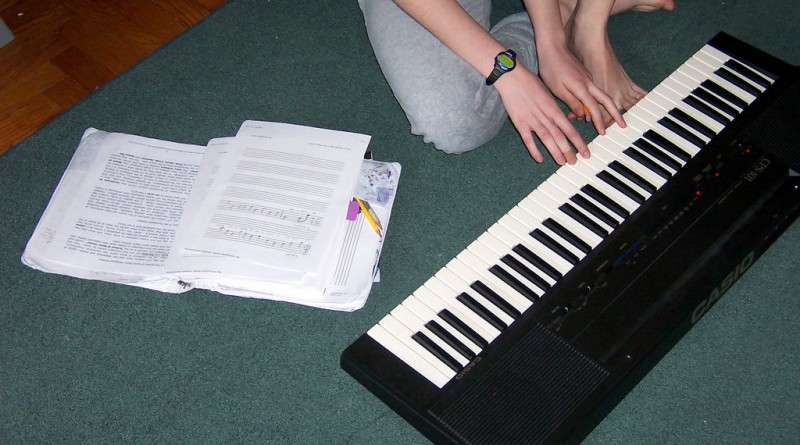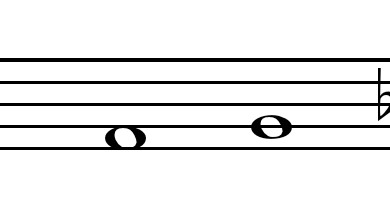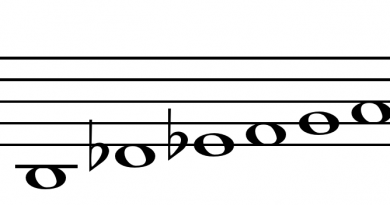How to improvise jazz and blues music – Modes and Scales
Scales used in improvisation are relative to the excerpt style. In a blues excerpt, in addition to the blues scale, the most used are the pentatonic and the Mixolydian ones; otherwise, in jazz you use about ten scales such as the diminished, the Whole Tone, the Diminished Whole Tone in addition to the major and minor.
In these pages I introduces most used scales can sum up like this:
- major scale
- minor harmonic, natural and melodic sc.
- blues sc.
- diminished, whole tone, diminished whole tone scale
- Doric, Phrygian, Lydian, Mixolydian, Aeolian and Locrian mode

Actually, I remember that the Ionic mode corresponds to the major scale and the Aeolian one to the 6th grade natural minor scale.
Music modes to improvise Blues and Jazz
Modes are scales used in the past representing the predecessors of tonal system, which is now on major and minor scales based. They date back to the ancient Greece and have been using so much in middle age, particularly with Gregorian chants.
Modal musical systems were also common n other countries and continents. During the xx century, Miles Davis has retaken them in order to create new sonorities in jazz music.
“Kind of blue” is his masterpiece and with it he has revived modal system, as an alternative to tonal one, being a nowadays depreciated. However, he must thank some artists such as Bill Evans and John Coltrane, who in 1959 recorded the still most famous jazz album with.
I introduce in this section dedicated to modes:
- Doric mode
- Phrygian
- Lydian
- Mixolydian
- Aeolian mode
Considerations about modes and scales to improvise
Before starting to learn modes and scales, it is very important to specify some concepts.
- Diminished, Whole Tone and Diminished Whole Tone scales are not a tonal syste
- Doric and sometimes Aeolian mode make a system being similar to the tonal one
- You do not have to reason in chord-scale relation but chord-key it belongs
to tonal scale or maybe some variations
Let’s try some examples: I have a F maj key and a Bb clef; if I find a Dmin7 chord, which scale should I use on it? Many people would say Doric D but they re wrong. The most diatonic scale to that Dmin7 is in fact the F maj one. If I have a C maj key and I find a Dmin7 again, which scale is this suitable? This is a C maj, as that chord is in C maj. You also have to consider: going in improvisation studying you will realize that actually basing it in chord-scale relation is not correct. The best relation is chord notes – notes not in the chord that is tension- solution inside – outside.



